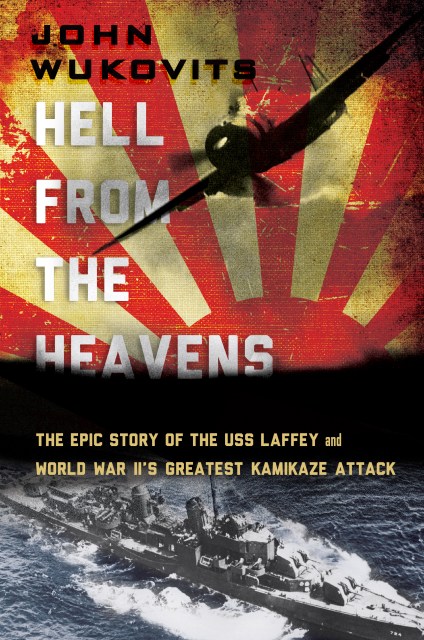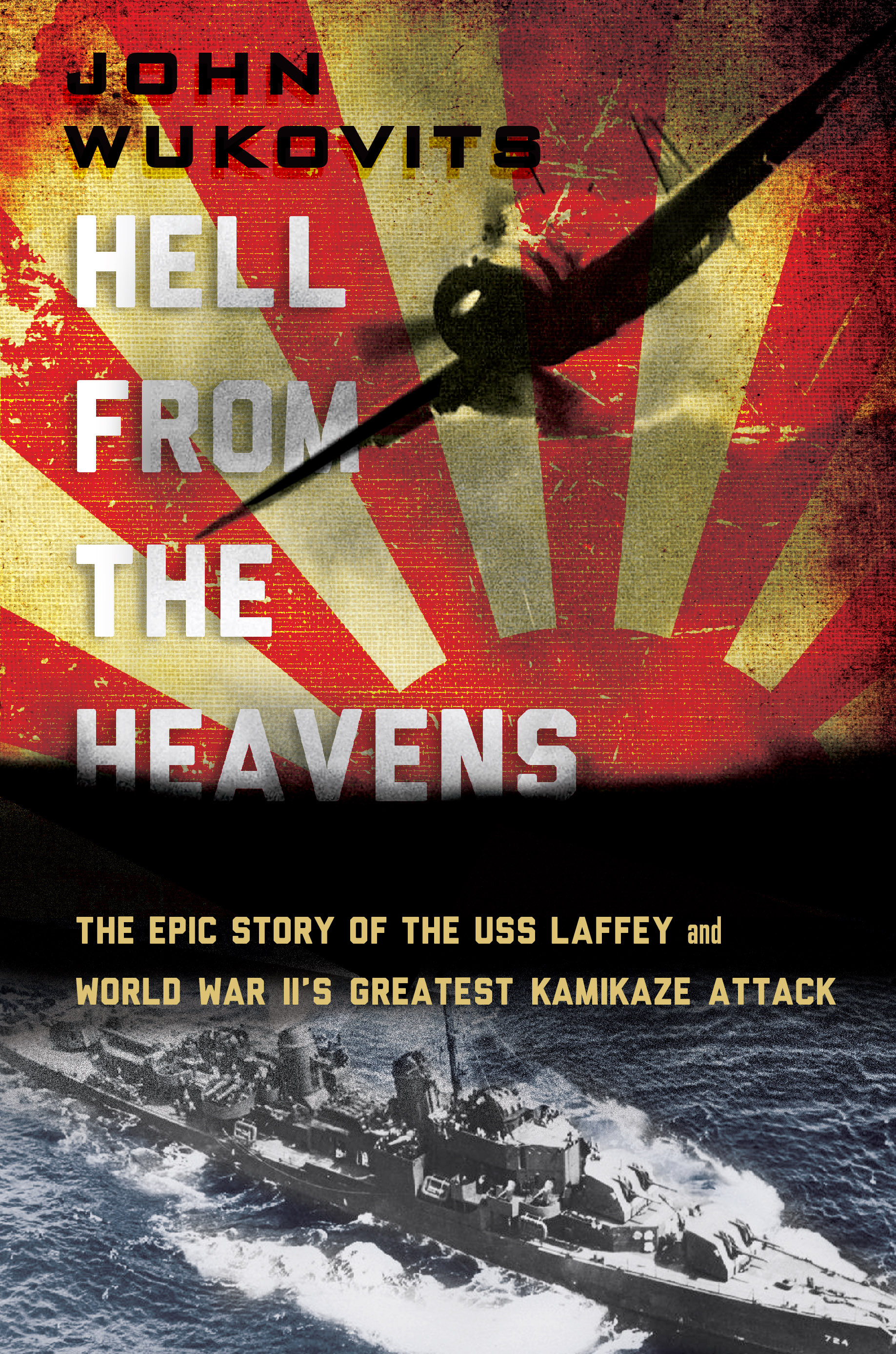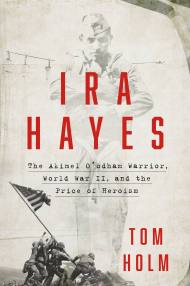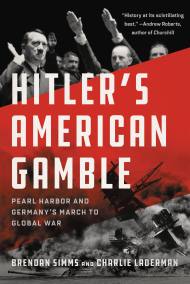Promotion
Use code MOM24 for 20% off site wide + free shipping over $45
Hell from the Heavens
The Epic Story of the USS Laffey and World War II's Greatest Kamikaze Attack
Contributors
Formats and Prices
Price
$10.99Price
$13.99 CADFormat
Format:
- ebook $10.99 $13.99 CAD
- Trade Paperback $21.99 $28.99 CAD
This item is a preorder. Your payment method will be charged immediately, and the product is expected to ship on or around April 7, 2015. This date is subject to change due to shipping delays beyond our control.
Also available from:
On April 16, 1945, the crewmen of the USS Laffey were battle hardened and prepared. They had engaged in combat off the Normandy coast in June 1944. They had been involved in three prior assaults of enemy positions in the Pacific-at Leyte and Lingayen in the Philippines and at Iwo Jima. They had seen kamikazes purposely crash into other destroyers and cruisers in their unit and had seen firsthand the bloody results of those crazed tactics. But nothing could have prepared the crew for this moment-an eighty-minute ordeal in which the single small ship was targeted by no fewer than twenty-two Japanese suicide aircraft.
By the time the unprecedented attack on the Laffey was finished, thirty-two sailors lay dead, more than seventy were wounded, and the ship was grievously damaged. Although she lay shrouded in smoke and fire for hours, the Laffey somehow survived, and the gutted American warship limped from Okinawa’s shore for home, where the ship and crew would be feted as heroes.
Using scores of personal interviews with survivors, the memoirs of crew members, and the sailors’ wartime correspondence, historian and author John Wukovits breathes life into the story of this nearly forgotten historic event. The US Navy described the kamikaze attack on the Laffey “as one of the great sea epics of the war.” In Hell from the Heavens, the author makes the ordeal of the Laffey and her crew a story for the ages.
Genre:
- On Sale
- Apr 7, 2015
- Page Count
- 336 pages
- Publisher
- Da Capo Press
- ISBN-13
- 9780306823251
Newsletter Signup
By clicking ‘Sign Up,’ I acknowledge that I have read and agree to Hachette Book Group’s Privacy Policy and Terms of Use







